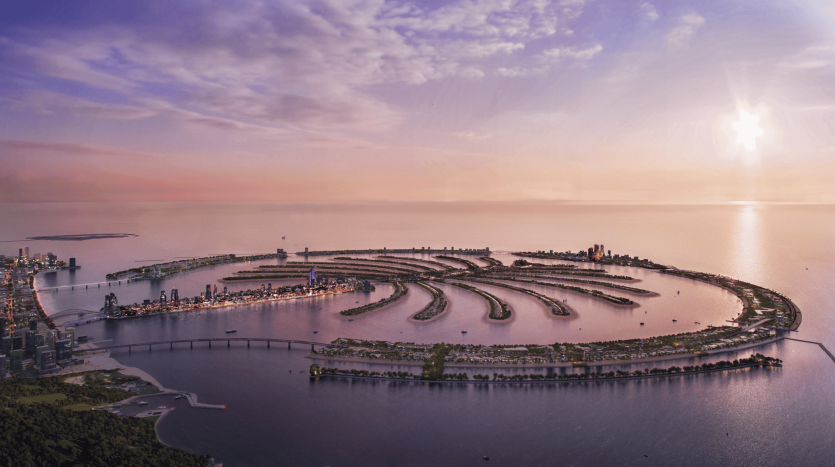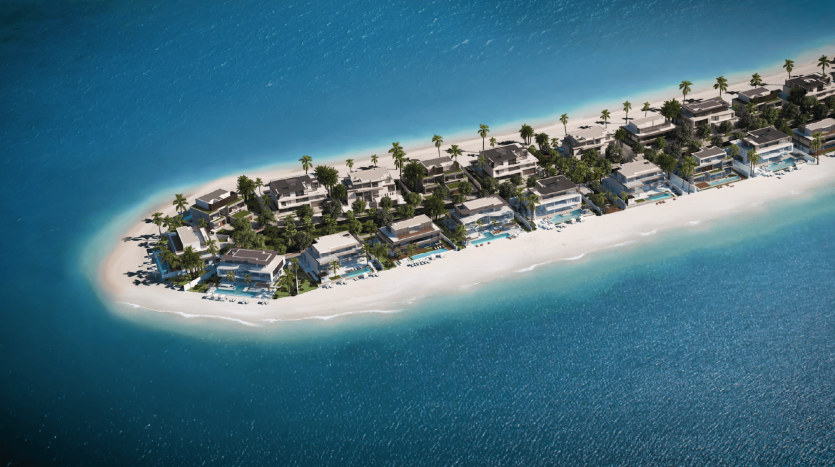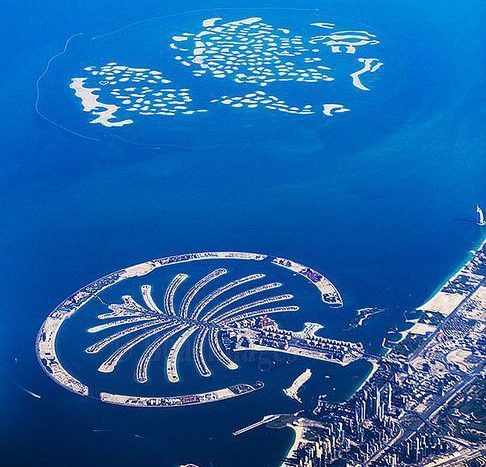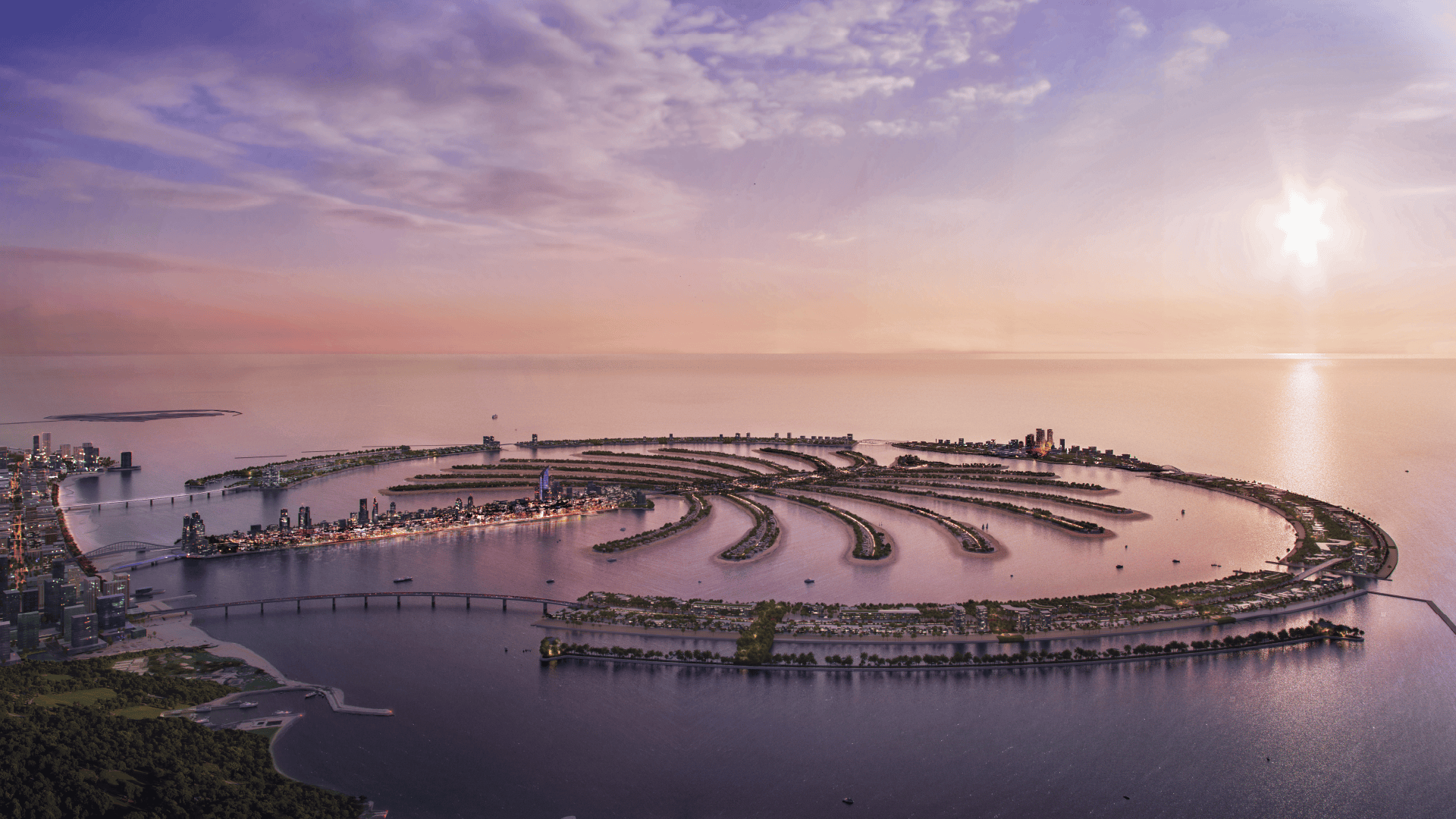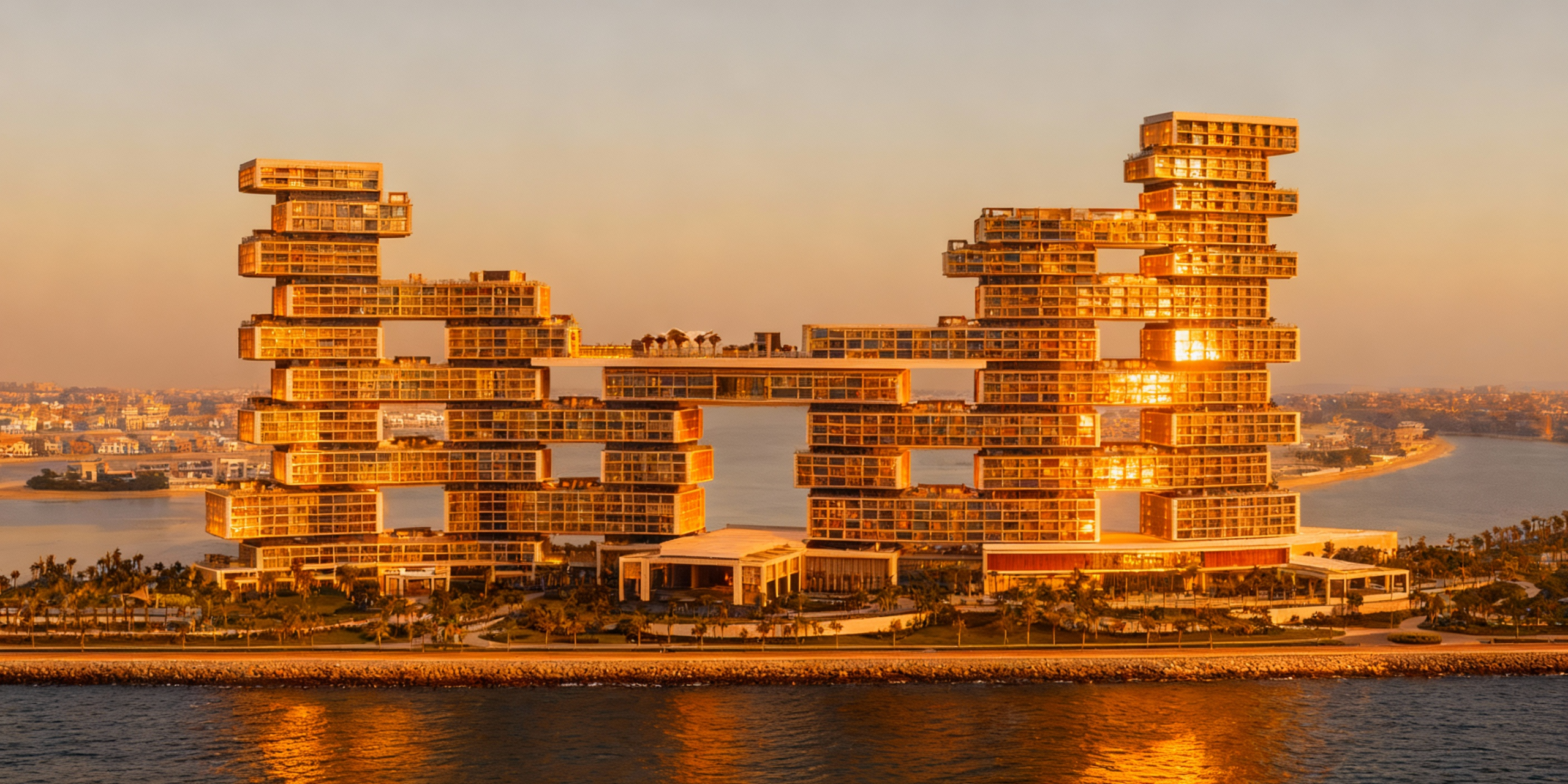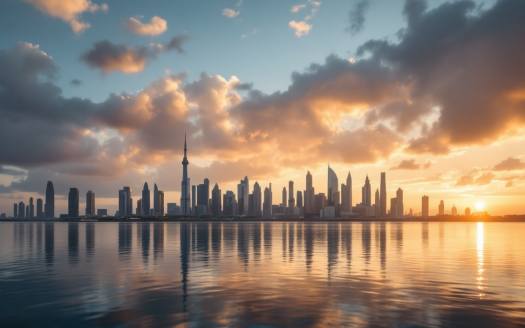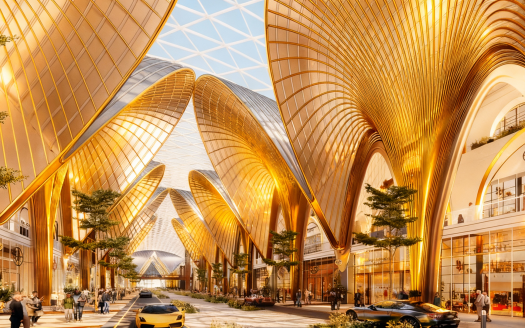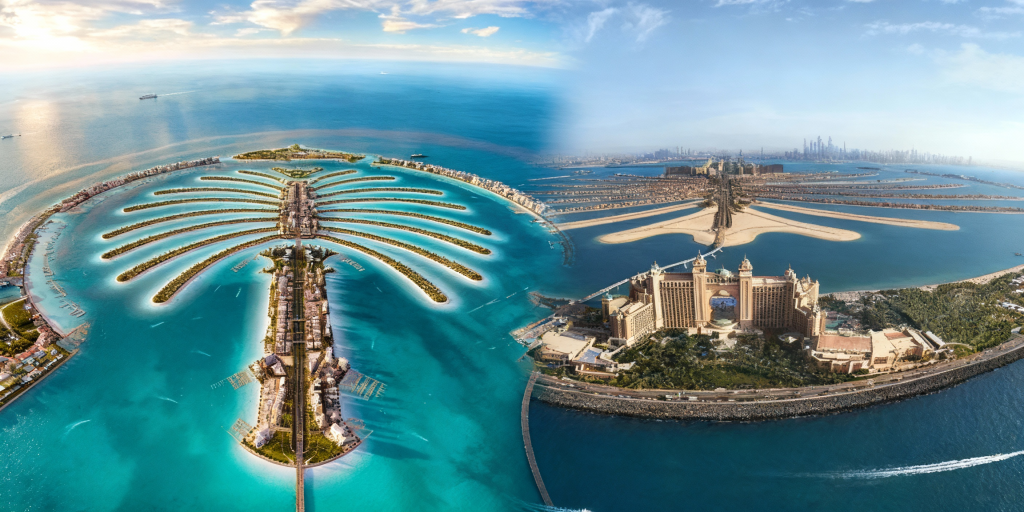
Palm Jumeirah vs Palm Jebel Ali — Two Icons, Two Eras
Palm Jumeirah vs Palm Jebel Ali — Two Icons, Two Eras
Dubai’s real estate market is entering a new phase where legacy and expansion coexist. Palm Jumeirah — the first of its kind, fully developed and globally recognized — now sits alongside its larger successor, Palm Jebel Ali, which is under development and reshaping what waterfront living means in the emirate.
Both are master-planned by Nakheel, but they represent two distinct investment philosophies: one built on proven performance, the other on future potential. The contrast defines how Dubai has matured — from speculative construction to calibrated, tiered real estate ecosystems.
Scale and Vision
Palm Jebel Ali is more than double the size of Palm Jumeirah, spanning roughly 13.4 sq km and adding more than 110 km of coastline to Dubai. Its plan includes over 35,000 homes, 80 hotels and resorts, and an entire hospitality and residential infrastructure aligned with the Dubai 2040 Urban Master Plan.
Palm Jumeirah, by comparison, covers 5.6 sq km and is long complete — a functioning city within a city with retail, leisure, and premium residential districts. It represents the consolidation phase of Dubai’s market: global capital, stable yields, and sustained end-user demand.
Market Position and Price Dynamics
Palm Jumeirah remains one of Dubai’s most expensive areas per square foot. In 2025, a villa on Frond G sold for AED 161 million (US$43.8 million), one of the highest per-square-foot prices in the emirate. Average villas trade between AED 7,500 – 9,000 per sq ft, while prime apartments reach AED 4,500 per sq ft.
Palm Jebel Ali, meanwhile, entered the market with base prices around AED 2,500 per sq ft — roughly one-third of Jumeirah’s rate, according to Arabian Business. Early buyers secured six- and seven-bedroom waterfront villas for AED 18–30 million each, often on plots nearly double the Jumeirah equivalent.
The pricing logic is clear: Palm Jebel Ali offers scale and upside for investors; Palm Jumeirah offers security and liquidity for established buyers. The spread also protects both: one anchors Dubai’s premium segment, the other expands it.
Development Timelines and Delivery Risk
Palm Jumeirah’s maturity provides certainty — completed infrastructure, a robust secondary market, and a global brand. Palm Jebel Ali, however, carries longer delivery horizons, with initial phases expected between 2027 and 2029.
For investors, that means balancing entry cost with timeline exposure. Early buyers trade time risk for capital appreciation, especially as Jebel Ali’s positioning aligns with Dubai’s southwest growth corridor near Dubai South and the Expo City District.
Analysts note that, unlike the early 2000s cycle, today’s projects operate under stricter escrow, payment-linked schedules, and government oversight, lowering systemic risk while keeping developers accountable for handover milestones.
Infrastructure and Ecosystem Readiness
Palm Jumeirah benefits from 20 years of compounding value. Its amenities — Nakheel Mall, The Pointe, Atlantis The Royal, Five Palm, and multiple marinas — have converted brand equity into long-term property stability. It functions as both residential community and tourism engine.
Palm Jebel Ali’s ecosystem will take years to mature but is being designed for 21st-century standards: renewable-energy-ready grids, integrated cycling and pedestrian networks, and urban sustainability targets under the Dubai 2040 Master Plan. The island’s road network has been mapped to handle multi-modal transport, including links to Sheikh Zayed Road and Jebel Ali Port Corridor.
In other words, Jumeirah is the finished product; Jebel Ali is the prototype for Dubai’s next generation of coastal urbanism.
Buyer Profile and Intent
Palm Jumeirah attracts ultra-high-net-worth individuals seeking ready luxury, rental income and global cachet. Residents often purchase for lifestyle rather than speculation. International families use it as a second base, drawn by education access, healthcare and prestige.
Palm Jebel Ali buyers skew younger and more investment-driven — entrepreneurs, early-career investors, or institutional funds seeking entry at development stage. Payment plans tied to construction milestones make it accessible to a broader spectrum of investors.
Both reflect a maturing segmentation in Dubai’s market: lifestyle buyers and capital-growth seekers can now exist in the same city without competing for identical inventory.
Strategic Outlook
With both islands feeding different ends of the luxury pipeline, their coexistence stabilizes rather than saturates Dubai’s prime supply. Palm Jumeirah sets the benchmark; Palm Jebel Ali extends it.
As Gulf News noted, Jebel Ali’s re-launch under the 2040 vision underscores the emirate’s shift toward sustainable, diversified coastal development. The two projects together are not redundancy — they are range.
Dubai’s premium coastline is no longer a single product but a portfolio. Investors now choose between certainty and potential, brand and blueprint, present and future.
- https://www.arabianbusiness.com/industries/real-estate/dubai-real-estate-palm-jebel-ali-v-palm-jumeirah-property-prices-investment-potential-and-payment-plans-compared
- https://gulfnews.com/business/property/palm-jebel-ali-has-most-competitive-prices-for-dubai-waterfront-homes-1.500071544


